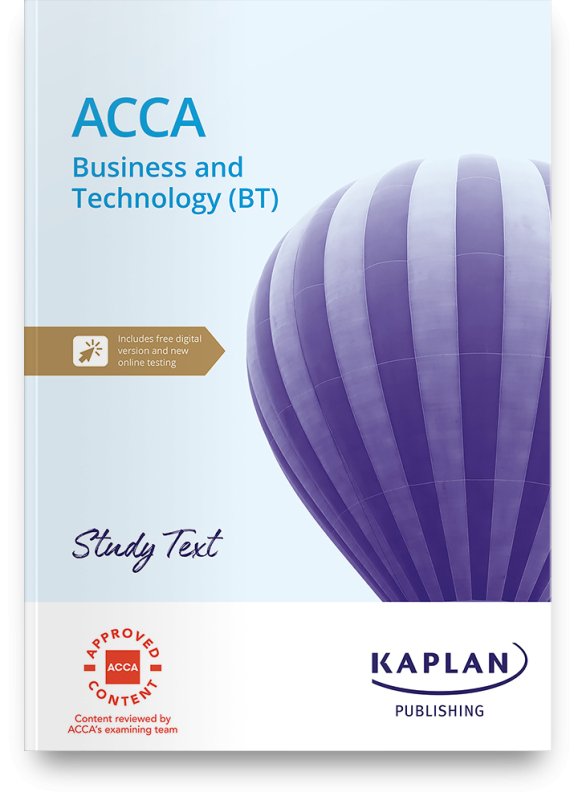ACCA Technical article : IFRS 6
This article is reprinted from the ACCA website.
The impact of International Financial Reporting Standards (IFRS® Standards) has been felt extensively in the exploration industry – particularly the oil and gas industry where key dilemmas and judgements made are greatest at the exploration and production stage. At one end, IFRS 6®, Exploration for and evaluation of mineral resources has introduced certain issues for the industry, and, at the other, IFRS Standards is shifting the boundaries of cash-generating units down to the level of the petrol station or smallest group of retailing assets under IAS 36®, Impairment of assets.
IFRS 6 is an interim standard, and is a short-term solution to the problem of accounting for the exploration and evaluation of mineral resource assets. There was a lack of guidance prior to this IFRS Standard, and where national standards did exist, the accounting practices were diverse, and a number were used throughout the world to account for the costs involved in exploration and extraction. These included capitalising the costs, or writing them off in the same way as research expenses. IFRS 6 is not currently on the work plan of the IASB.
Most of the major entities in this sector use the ‘successful efforts’ method, where the costs incurred in finding, acquiring, and developing reserves are capitalised on a ‘field by field’ basis. On discovery of a commercially-viable mineral reserve, the capitalised costs are allocated to the discovery. If a discovery is not made, the expenditure is charged as an expense. However, some companies have used the ‘full cost’ approach, where all costs are capitalised. Without IFRS 6, many entities would have had to change their practice of accounting for these costs. It would have forced them to fall back to the IASB Conceptual Framework, or to standards issued by their respective national standard setters.
IFRS 6 makes limited changes to existing practice. This means that the fundamental principal of capitalisation of exploration costs, used by the majority of mining entities, still remains. A principal purpose of IFRS 6 is to specify the circumstances in which entities should test exploration and evaluation costs for impairment, and when to require disclosure of information about such assets.
IFRS 6 permits entities to continue to use their existing accounting policies, provided they comply with paragraph 10 of IAS 8®, Accounting policies, changes in accounting estimates and errors – that is they result in information which is relevant and reliable. An entity accounts for its exploration and evaluation expenditure either in accordance with the Conceptual Framework or with the exemption permitted by IFRS 6. This allows an entity to apply an accounting policy for exploration and evaluation assets which is relevant and reliable, even though the policy may not be in full compliance with the Conceptual Framework. The criteria to be used to determine if a policy is relevant and reliable are set out in paragraph 10 of IAS 8. A policy must:
- be relevant to the decision-making needs of users
- provide a faithful representation
- reflect the economic substance
- be neutral (free from bias), prudent, and complete.
Changes made to an entity’s accounting policy for exploration and extraction assets can only be made if the result is closer to the principles of the Conceptual Framework. The change must result in a policy that is more relevant and no less reliable, or more reliable and no less relevant, than the previous policy.
The costs capitalised under IFRS 6 might not meet the Conceptual Framework definition of an asset because, for example, the capitalisation criteria followed might not require the demonstration of present economic resource. IFRS 6 therefore deems these costs to be assets. Exploration and evaluation expenditure might therefore be capitalised earlier than would otherwise be the case under the Conceptual Framework.
Recognised exploration and evaluation assets should be classified as either tangible or intangible assets under IFRS 6. Assets recognised in respect of licences and surveys should therefore be classified as intangible assets. Subsequent costs incurred during the exploration and evaluation phase should be capitalised in accordance with this same policy. Basically, the entity can retain the accumulated cost as an exploration asset until there is sufficient information to determine whether there will be commercial cash flows or not.
When first recognised in the statement of financial position, exploration and evaluation assets are measured using the cost model. Subsequently, cost or the revaluation model, as described in IAS 16 and IAS 38. Depreciation and amortisation is not calculated for the assets because the economic resource that the assets represent are not consumed until the production phase.
Assets should be tested for impairment if the carrying amount of the asset may not be recoverable. The facts and circumstances indicating impairment include the following:
- The entity’s right to explore in an area has expired, or will expire in the near future, without renewal.
- No further exploration or evaluation is planned or budgeted for.
- A decision has been made to discontinue exploration and evaluation in an area because of the absence of commercial reserves.
- Sufficient data exists to indicate that the book value will not be fully recovered from future development and production.
As this type of asset does not generate cash inflows, it is tested for impairment as part of a larger group of assets. An entity should develop a policy for allocating these assets to groups of cash generating units (CGUs) and apply that policy consistently. The assets are tested for impairment in accordance with IAS 36, subject to certain special requirements. The limitation specified in IFRS 6 is that the CGU to which the assets are allocated should not be larger than a segment of the entity. IAS 36 specifies that a CGU is the smallest unit for which independent cash flows can be identified. Without this exemption, it could mean that each individual extraction unit (such as an oil rig) would be treated as a CGU. IFRS 6 therefore also gives some flexibility when defining a CGU.
Once the technical and commercial feasibility of extracting a mineral resource has been demonstrated, the assets fall outside IFRS 6 and are reclassified according to other IFRS Standards. Before reclassification, the assets should be tested for impairment.
Exploration and development costs that are capitalised are classified as non-current assets in the statement of financial position, and should be separately disclosed on the face of the statement of financial position and distinguished from production assets, where material. The classification as ‘tangible’ or ‘intangible’, established during the exploration phase, should be continued through to the development and production phases. Details of the amounts capitalised, and the amounts recognised as an expense from exploration, development, and production activities, should be disclosed.
Conclusion
IFRS 6 allows entities using quite different accounting policies to all claim adherence to the standard, effectively exempting them from applying the Conceptual Framework. This is similar to IFRS 4, Insurance Contracts. It was argued that it was too harsh to force those entities that use capitalisation in their accounts to switch to expensing, even though IAS 38 requires this. It was also argued that some entities are created just to carry out exploration, and once this is complete, they sell the rights to the minerals found. If the Conceptual Framework or IAS 36 was applied to these entities, then no assets would ever be recognised. The IASB accepted these arguments and therefore issued IFRS 6.
Updated by a member of the DipIFR examining team










